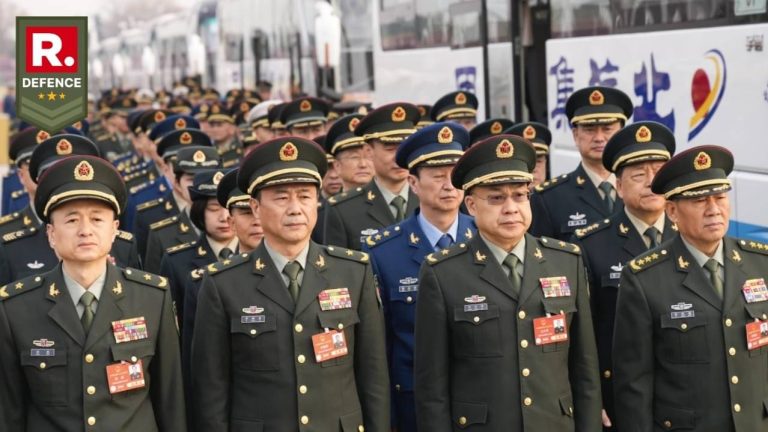China Escalates Hybrid Warfare Against Taiwan: Cyberattacks and Disinformation Surge
Beijing’s campaign to exert influence over Taiwan has taken a decidedly aggressive turn, marked by a significant escalation in hybrid warfare tactics. This multifaceted strategy combines relentless cyberattacks with sophisticated disinformation campaigns, aiming to destabilize Taiwanese society, erode public trust in the government, and ultimately undermine the island nation’s sovereignty. The intensity of these operations has sharply increased in 2024, raising concerns about the stability of the region and the broader implications for global geopolitical dynamics.
Taiwan’s National Security Bureau (NSB) has reported a dramatic surge in cyberattacks originating from China, with the daily average doubling to a staggering 2.4 million incidents. These offensives, primarily attributed to Chinese cyber forces, represent a significant leap in both volume and sophistication. Government agencies have borne the brunt of these attacks, accounting for over 80% of the targeted intrusions. The telecommunications sector has also experienced a dramatic increase in security breaches, with incidents rising more than sixfold. The methods employed by these cyber actors range from advanced persistent threats, designed to establish long-term, undetected access to networks, to phishing emails and the exploitation of zero-day vulnerabilities, which capitalize on previously unknown software flaws. The clear objective is to infiltrate and disrupt critical infrastructure, potentially crippling essential services and sowing chaos within Taiwan.
Complementing the cyber onslaught is a sophisticated disinformation campaign orchestrated by China’s United Front Work Department (UFWD). A dedicated misinformation unit within the UFWD has been identified as the source of numerous false narratives designed to sow discord within Taiwanese society and undermine its relationship with key allies, particularly the United States. These disinformation efforts exploit existing societal divisions and propagate themes aimed at eroding public trust in the government’s ability to defend the nation and maintain its democratic values. Among the recurring themes are the dissemination of skepticism about U.S. commitment to Taiwan’s defense and the spread of misleading information regarding Taiwan Semiconductor Manufacturing Company’s (TSMC) overseas investments, attempting to portray these moves as detrimental to Taiwan’s economic interests.
China’s hybrid warfare strategy demonstrates a calculated integration of physical military actions with psychological operations. The Ministry of Justice Investigation Bureau has revealed instances where Chinese military drills near Taiwan were accompanied by coordinated disinformation campaigns. False reports circulated online during these exercises, aiming to create confusion, panic, and a sense of vulnerability among the Taiwanese populace. This synchronized approach underscores Beijing’s intention to leverage psychological warfare as a key component of its pressure campaign against Taiwan.
In response to this escalating hybrid threat, Taiwan has intensified its efforts to bolster its cybersecurity infrastructure and enhance public awareness. The government is actively collaborating with private sector cybersecurity experts to improve resilience against cyber intrusions and strengthen defenses against disinformation campaigns. Public awareness initiatives are also underway, aiming to educate citizens on how to identify and resist misinformation, thereby fortifying societal cohesion against external manipulation. This focus on public education recognizes the crucial role that informed and resilient citizens play in countering disinformation narratives.
The international community is closely monitoring the situation, recognizing the broader implications of China’s actions on regional stability and global geopolitical dynamics. Taiwan’s proactive measures to defend against this hybrid warfare campaign underscore its commitment to safeguarding its democratic institutions, maintaining its autonomy, and preserving peace in the Indo-Pacific region. The evolving nature of these threats highlights the need for continued vigilance and international cooperation to counter such tactics and maintain a stable and secure international order. The situation remains fluid, with the potential for further escalation, making ongoing monitoring and analysis crucial for understanding the trajectory of cross-strait relations and its impact on the global landscape.


